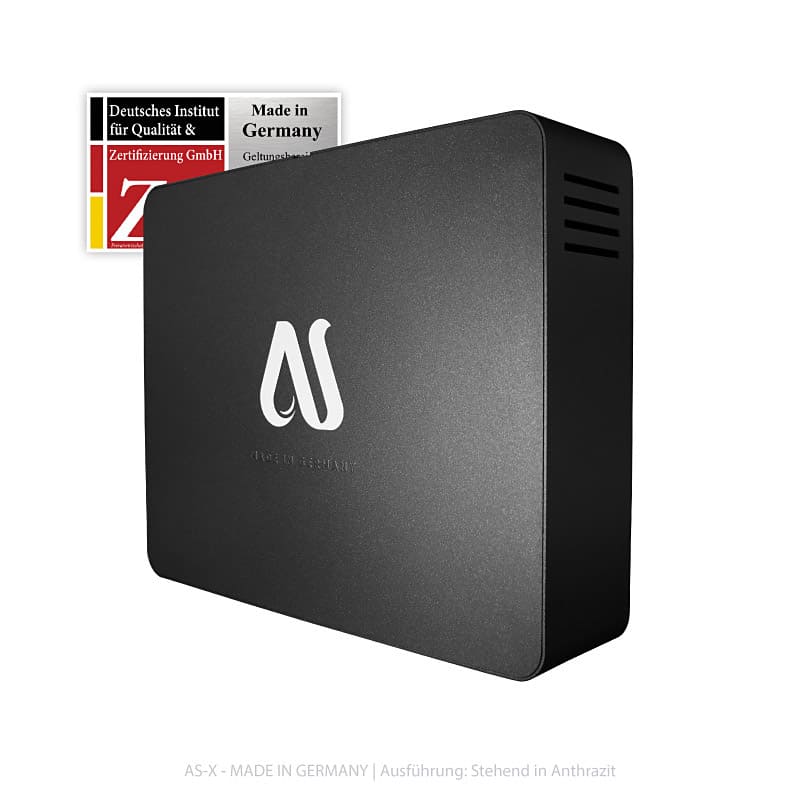The faucet water links out of your faucet is good. Get a filter or be a filter. Which of these two sentences tend to be more true? Both are partially true.

In many places, regular water will not taste good. Elsewhere, tap water has tiny numbers of substances you wouldn't want to drink - and over a lifetime might have an impact on you.
There are numerous kinds of potential problems in regular water. Even if your city provides good water, it requires to travel further through old pipes en route to your property.
Usually when you use a whole-house filter, shower heads and faucet screens don't clog. Whole-house filters are outside of normal water filters.
All reverse osmosis water systems require both sediment and carbon pre-filters. All filters must be changed. Intend on changing sediment and carbon filters every six months or sooner, and ro membranes every 2-3 years.
The toughest parts of installing water filters are connecting towards the supply side in the water into your house, connecting to some drain line for the waste water, and installing a clear water faucet to your sink. The entire content of a water filter installation is easy.
You will need a plumber, or to purchase a system where they'll install it for you personally. The very best systems have clear plastic casings, to help you find out how dirty filters get. The very best systems also employ standard-sized replacement filters, so that you don't need to buy tiny, expensive, and proprietary filters.
Reverse osmosis water filters require both a sediment and a carbon filter in front of them, to screen the dirt and most in the junk, ahead of the water enters turned around osmosis filter.
A sediment filter blocks particles greater than five or ten microns.
The river passing through activated carbon blocks retains some particles, chlorine, nitrates, fluoride, as well as other dissolved junk. Step 2 to get the best quality water is really a ro filter.
Reverse osmosis filters force water through 0.0001 micron-wide holes, through semi-permeable membranes. Long sheets of membranes are sandwiched together and retracted around a hollow central tube inside a spiral.
Overturn osmosis filter removes 99% in the remaining junk in water. It requires just about everything out, perhaps the magnesium and calcium in the water. Most often a smaller carbon filter can be used after the ro filter, to enhance the tastes and catch a little more of the 1% of junk the reverse osmosis filter lets go though.
Reverse osmosis water filters generate waste water, and so they produce just one or two drops of unpolluted water each and every minute. Because of this, most ro systems have a storage tank to build up water. All reverse osmosis systems have a drain line for waste water, that's "wasted". The waste water can be used for plants, dumped to waste, etc.
Ultra-pure water can grow algae very easily. When you take chlorine along with other nasty stuff away from water, tiny microbes and sunlight can combine to make a perfect environment growing harmless algae.
The standard of water filtered in this way is cleaner than even distilled water. Many people think pure water tastes flat. Many people put in a tiny level of sea salt to pure water. To me, no salt is required, pure water tastes like water should.
The net has baseless scare stories about how precisely ultra pure water is dangerous. Hogwash. In the event you inject pure water, it may hurt you. Drinking pure water won't hurt anyone unless they are fasting.
The instant that pure water hits your mouth it's not longer pure. Absolutely nothing is better to make coffee, cooking, and ice-cubes, than using pure water.
For additional information about Water Filter System from Germany check this popular site
